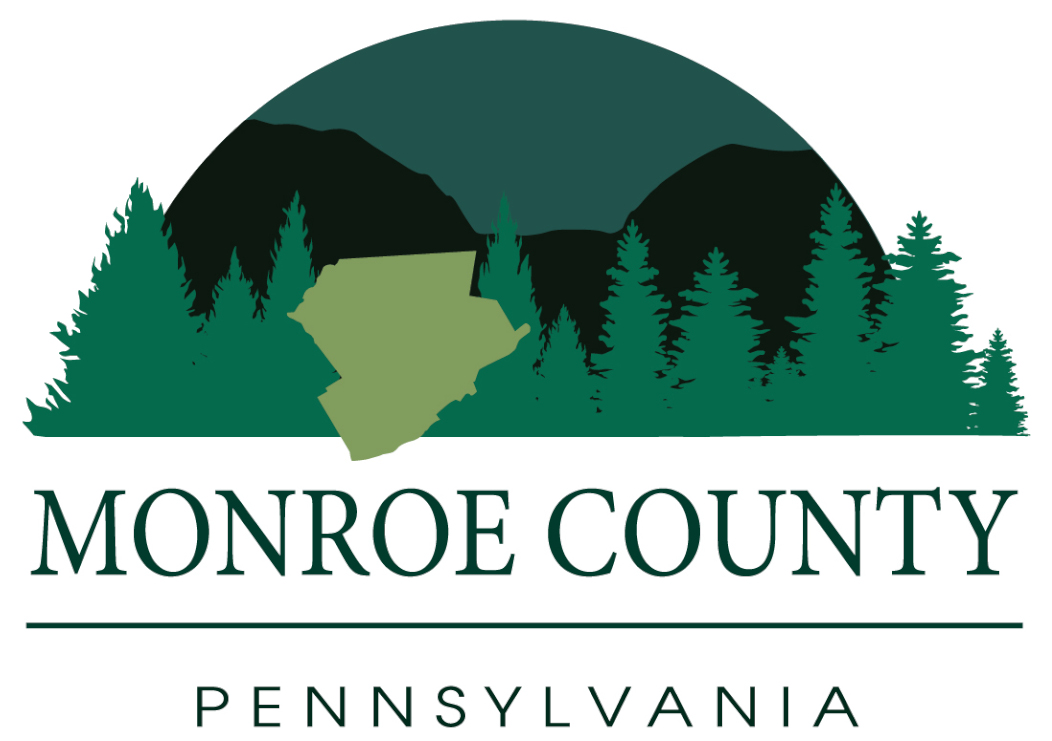With a constant eye on student success and achievement, an ad hoc working group comprised of East Stroudsburg University faculty, staff, and administrators recently met with representatives from the Gardner Institute, a North Carolina-based consulting firm focused on transformative and equitable outcomes for higher education institutions.
Jennie Smith, Ed.D., ESU dean of student life, explained that the group’s overarching goals are to “increase the number and percentage of students who progress towards earning their degree, and identify gaps in areas where we could take a look at policies, processes, and other barriers that may be getting in the way” of this progress.
Provost Margaret Ball, D.M.A., who initiated the group on behalf of President Kenneth Long, worked with Santiago Solis, Ed.D., vice president of campus life and inclusive excellence, to recommend especially student-centered and student-facing faculty and staff to serve on the committees.
“The group has almost 50 members total across different areas of campus,” Dr. Smith said. “All university divisions were represented to make sure we are having good, honest conversations about the challenges we—and our students—are facing in retention and persistence.”
The work began in spring 2022. The group met several times over the summer, culminating with the retreat with Gardner’s team. “The group is taking a holistic approach to retention—both curricular and co-curricular,” said Shawn Munford, Ph.D., professor of exercise science and group member. “The first thing we did was to make sure we took an in-depth look at some of the data that represents our students when it comes to retention and persistence,” he said. “This helped us get some ideas about how we can move the university forward and put our students in the best position to matriculate and graduate. We wanted to take a deep dive into some hard evidence—not just anecdotal evidence—to make some decisions.” Dr. Smith noted, “We did some really good work. We looked at key areas in which we could move forward to change that trajectory of reduced retention.”
Getting students involved in the process was another important step. “We wanted to get constituents in the room, including students, to discuss barriers and ways to make their journey better—to create a better environment to be successful and a better student at ESU from both curricular and co-curricular perspectives. We’re looking at the whole picture of the student experience,” Dr. Munford said. “They took some of the work and information we provided to them, which gave us all a snapshot of who we are at ESU. It wasn’t about ‘what do we need to do to change?’, but it was more of look into what we are currently doing and not doing. It gave us a good opportunity to see what we are doing well, and what we need to improve upon. The next phase is, how do we do that?”
Now is the time to do this work, says Nieves Gruneiro-Roadcap, dean of the College of Arts and Sciences. “ESU is a unique institution. We have a diverse student body, which is one of our exciting pluses. COVID was a great disruptor, and we are still unpacking everything from pre- and post-COVID. We’re as focused as ever on helping our students move forward and get their degree, but what does that really mean?” Since the College of Arts and Sciences houses most of the university’s general education courses, Gruneiro-Roadcap is particularly invested in student success and retention. Previous ESU administrations were interested in doing retention work, but major interruptions like COVID prevented the process from moving forward. Gruneiro-Roadcap is excited and grateful to be working with the team from Gardner Institute. The group has examined the data and started having conversations about how best to serve students; next steps include formulating goals and action steps toward reaching those goals. “We’ll be meeting with different stakeholders on campus and the Gardner Institute will be making recommendations,” Gruneiro-Roadcap said. “The great thing about having an external consultancy is you have the structure and external framework, and they push you along and keep you accountable. Having the external analyses is very supportive. It was just in time, as there is a demographic cliff we’re approaching. Retention has always been a concern in higher ed, but now it’s very much a concern.”
Dr. Smith worked with the Gardner Institute at a former employer and said she feels fortunate to have seen what they can accomplish at an institution. “I’ve been able to see the impact of their work. I’ve seen them work hand in hand with institutions to help move students forward. It will be ongoing work—the conversations we’ve had and the work we’ve done have been honest, which is sometimes really hard. Everyone looked at it as an opportunity to be great as an institution in terms of how we support our students.” Now in her second year at ESU, Smith said, “I feel I’m still newer to the institution, but there are a lot of dedicated folks at ESU. I feel a lot of good will come from this work. It was a phenomenal experience.”
